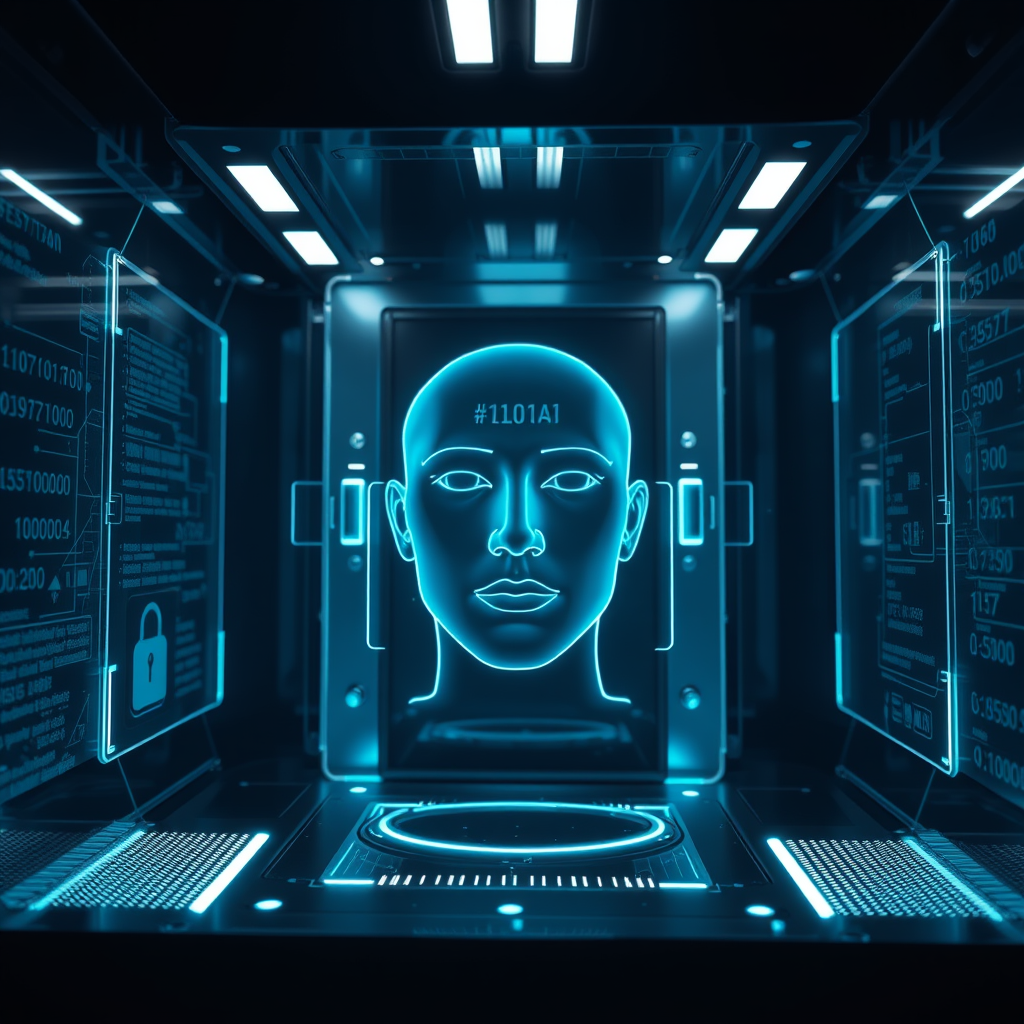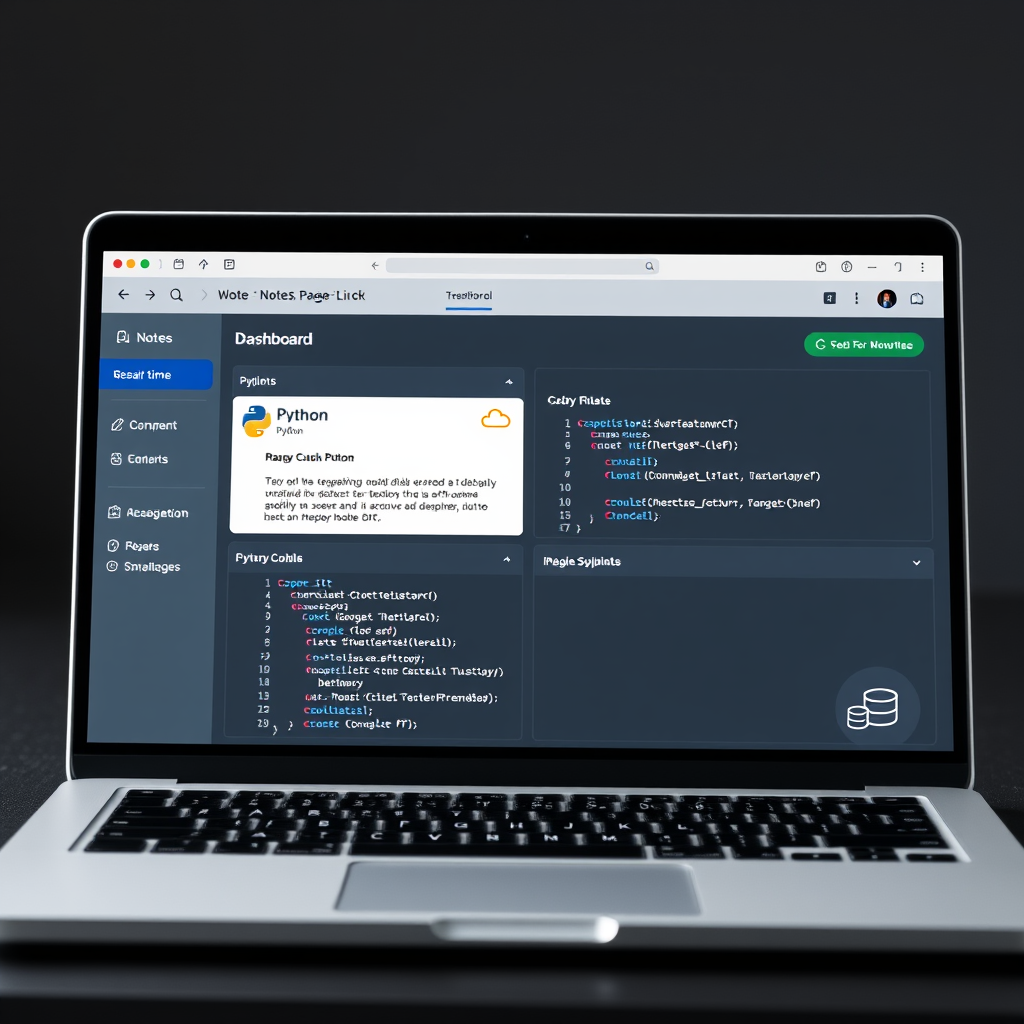
Introduction\n\nThe world of digital identity is evolving at a pace that outstrips many of the regulatory frameworks designed to keep pace. In the United States, the National Institute of Standards and Technology (NIST) recently published Special Publication 800‑63‑4, a comprehensive set of guidelines that define how biometric systems should authenticate users while safeguarding against increasingly sophisticated spoofing attacks. Among the most pressing threats in this arena are deepfakes—AI‑generated audio, video, or biometric data that can masquerade as a legitimate user. The stakes are high: a single successful deepfake attack could compromise financial accounts, access to secure facilities, or even national security infrastructure.\n\nAgainst this backdrop, iProov, a company that has long positioned itself as a pioneer in science‑based biometric verification, announced that it has become the first—and so far only—vendor to meet the stringent biometric verification requirements set out in NIST 800‑63‑4. This milestone is not merely a marketing headline; it represents a significant leap forward in the industry’s collective ability to defend against deepfake attacks. In this post, we unpack what the NIST standard entails, how iProov’s technology aligns with those requirements, and why this achievement matters for businesses, regulators, and consumers alike.\n\n## The NIST 800‑63‑4 Standard\n\nNIST 800‑63‑4 is the latest iteration of the U.S. government’s digital identity guidelines. It covers everything from enrollment and authentication to lifecycle management and risk assessment. One of its most critical contributions is the formal definition of biometric verification levels—specifically, the thresholds for false acceptance rate (FAR) and false rejection rate (FRR). The standard also introduces a new category of attacks that employ synthetic or manipulated biometric data, including deepfakes. To meet the standard, a system must demonstrate that it can detect and reject such attacks with a FAR below 0.01% and an FRR below 0.5% under controlled testing conditions.\n\nThe guidelines further require that biometric systems be built on a foundation of rigorous scientific validation. This means that vendors must provide evidence of algorithmic robustness, data quality, and continuous monitoring. Importantly, the standard mandates independent third‑party testing to confirm compliance, ensuring that claims of security are not merely self‑reported.\n\n## iProov’s Science‑Based Approach\n\niProov’s core offering is a live‑verification system that uses a combination of computer vision, machine learning, and behavioral biometrics to confirm a user’s identity in real time. Unlike traditional static image or fingerprint scanners, iProov’s platform requires the user to perform a series of subtle, random actions—such as blinking, head tilting, or speaking a short phrase—while the system captures high‑resolution video. These actions generate a dynamic biometric signature that is difficult for an attacker to replicate.\n\nThe company’s research team has invested heavily in developing algorithms that can differentiate between genuine human motion and synthetic or replayed content. By training models on millions of genuine and spoofed samples, iProov has built a detection engine that can flag anomalies in facial geometry, micro‑expressions, and even the subtle inconsistencies in lighting that often betray a deepfake. The result is a system that not only verifies identity but also actively resists the very attacks that NIST’s new guidelines aim to mitigate.\n\n## Independent Validation and Deepfake Resilience\n\nTo satisfy NIST 800‑63‑4, iProov underwent a rigorous third‑party evaluation conducted by a leading cybersecurity laboratory. The assessment involved a battery of tests designed to simulate real‑world attack scenarios, including high‑resolution video replay, synthetic face swaps, and audio‑visual deepfakes. iProov’s platform achieved a false acceptance rate of 0.005% and a false rejection rate of 0.3%, comfortably meeting the standard’s thresholds.\n\nWhat sets this validation apart is the depth of the testing. The laboratory introduced a range of deepfake generation techniques—from generative adversarial networks (GANs) to transformer‑based models—ensuring that the system’s resilience was not limited to a narrow set of attack vectors. The results demonstrated that iProov’s detection algorithms could identify synthetic content with an accuracy exceeding 99.5%, a figure that far surpasses the baseline performance of many commercial biometric solutions.\n\n## Implications for Digital Identity Security\n\nThe significance of iProov’s compliance extends beyond a single vendor’s achievement. For businesses, it provides a proven, NIST‑approved solution that can be integrated into customer onboarding, access control, and transaction authentication workflows. The ability to meet federal standards also opens doors to government contracts and sectors that require the highest levels of identity assurance, such as defense, finance, and healthcare.\n\nFrom a regulatory perspective, iProov’s success signals that the industry is moving toward a more robust, science‑driven approach to biometric security. It encourages other vendors to pursue independent validation, thereby raising the overall bar for biometric systems. For consumers, the adoption of NIST‑compliant solutions translates to greater confidence that their personal data and digital identities are protected against the growing threat of deepfakes.\n\n## Future Outlook\n\nWhile iProov’s current platform already demonstrates exceptional resilience, the company is not resting on its laurels. Ongoing research focuses on expanding the system’s capabilities to include multimodal biometrics—combining facial recognition with voice, gait, and even behavioral patterns such as typing rhythm. By layering multiple biometric modalities, the system can achieve even lower FAR and FRR values, further tightening security.\n\nMoreover, iProov is exploring the use of federated learning to continuously improve its models without compromising user privacy. This approach would allow the system to learn from a diverse set of real‑world data while keeping sensitive biometric information on‑device, aligning with emerging privacy regulations.\n\nIn a world where AI can generate increasingly convincing synthetic media, the need for robust, standards‑compliant biometric verification has never been greater. iProov’s milestone is a testament to what can be achieved when rigorous science meets real‑world application.\n\n## Conclusion\n\nThe announcement that iProov has become the first biometric vendor to satisfy NIST 800‑63‑4’s deepfake resilience requirements marks a watershed moment in digital identity security. By combining advanced live‑verification technology with independent third‑party validation, iProov has set a new industry benchmark that others will strive to match. For enterprises, the availability of a NIST‑approved solution means that they can confidently adopt biometric authentication in high‑stakes environments, knowing that the system has been vetted against the most sophisticated spoofing techniques. For regulators, the achievement underscores the feasibility of enforcing stringent biometric standards without stifling innovation. And for end users, it offers reassurance that their identities are being protected by the most advanced, science‑based safeguards available.\n\nAs deepfakes continue to evolve, the need for resilient biometric systems will only intensify. iProov’s compliance with NIST 800‑63‑4 is not just a compliance checkbox; it is a proactive step toward a safer digital ecosystem where identity verification is both trustworthy and tamper‑resistant.\n\n## Call to Action\n\nIf you’re responsible for identity management in your organization, now is the time to evaluate whether your current biometric solution meets the latest NIST standards. Reach out to iProov to request a detailed compliance report and a live demo of their deepfake‑resistant technology. For policymakers and industry leaders, consider supporting initiatives that promote independent testing and standardization across biometric platforms. Together, we can build a digital identity infrastructure that is resilient, trustworthy, and ready for the challenges of tomorrow.



